Adding coolant is an essential part of car maintenance to avoid overheating and restore the car from running out of coolant.
But you can’t add coolant to a hot engine immediately after overheating or running out of coolant. Otherwise, it can bring serious damage to the car’s engine.
Thus, knowing how long to wait before adding coolant to a hot engine is a smart idea to handle the process safely and restore the car’s performance.
Reading the guide, you will understand how long to wait before adding coolant to a hot engine, the determining factor, and reasons to have patience.
How Long To Wait Before Adding Coolant To Hot Engine?
You must wait for 30 to 60 minutes before adding coolant to the hot engine. For even better results, leave the engine for two hours so you can successfully add coolant without causing any damage.
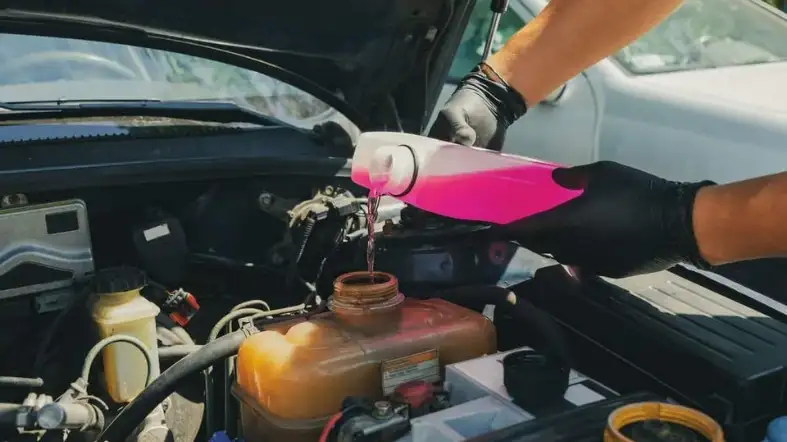
However, the time engine takes to cool depends on plenty of factors, including ambient temperature, remaining coolant in the engine, and the heat insulation system.
Let’s discuss this briefly!
The time it takes before applying coolant depends on plenty of factors.
Some of the key considerations are how badly hit the engine is, the ambient temperature of the engine, the amount of coolant that exists in the engine, and more.
We will discuss these factors in brief in the following section.
In most cases, you should leave the engine for 1 to 2 hours before adding coolant. The aim is to make sure the engine is definitely cooling down so you can safely open the rad cap.
If you check the coolant level, then you should take 5 to 6 hours before adding coolant.
It may be very long, but remember that some residual heat still exists after turning off the engine. And it can pass to the coolant if you immediately apply it.
Factors That Affect Cooling Time Of Engine
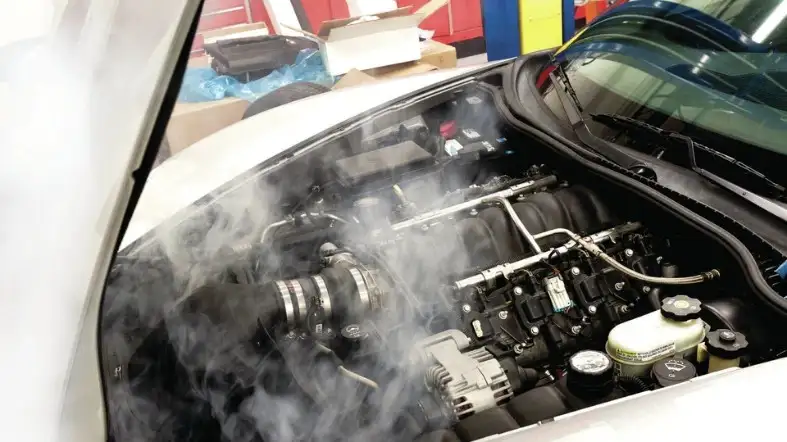
The cooling time of an engine can vary from the average due to some factors. Let’s look at the reasons that determine whether the engine will cool down quickly or not:
Ambient Temperature
Some mechanics consider it like room temperature or the temperature of the area where you are at this time.
For example, your vehicle’s engine can run out of coolant in heavy traffic during the summer. And the engine should be cooled down before you apply some coolant.
In this situation, your car’s engine won’t cool down within 30 or 40 minutes, which is the average time.
It may take one hour or even more to get the ambient temperature to where you can add some coolant.
Again, if the same thing happens in the winter season, your car’s engine will only take 20 to 30 minutes to cool down.
Heat Insulation System
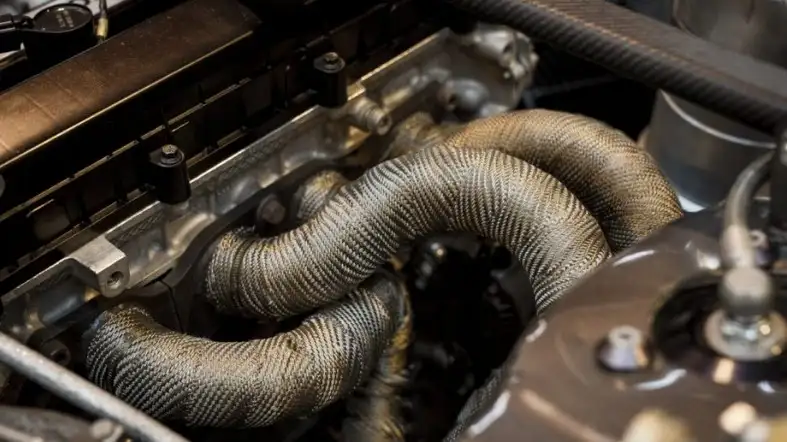
This heat insulation system also greatly affects the engine’s cooling time.
A car engine with a ceramic thermal shield doesn’t generally get too hot. Its foam-reinforced heat shield protects the engine and keeps it from becoming overheated.
Even if the engine somehow runs out of coolant, this foam shield’s heat insulation system will discharge the heat very quickly, so you can add coolant.
Hence, a vehicle’s engine should have a good heat insulation system.
Amount of residual Coolant
The typical reasons for refilling the coolant tank are if the coolant runs out, leaving a little or the engine becomes hot enough.
If the radiator becomes empty completely, the engine will take a longer time to cool down.
Conversely, if some coolant is still left in the tank, then the engine will take 30 to 40 minutes to cool down, and then you can add some of it.
How Much The Engine Becomes Hot?
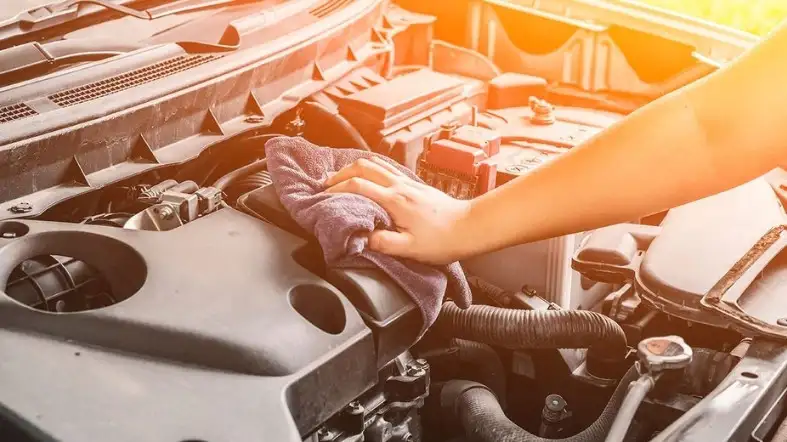
Sometimes the car’s engine becomes extremely hot due to rough roads, bad weather, insufficient coolants, or faulty gear.
The weather conditions are the most potential cause of the engine’s being extremely hot.
However, using poor quality coolants makes the engine more agitated and leads to it taking more time to cool down.
Similarly, driving on a rough road puts the car’s engine in harsh conditions and makes it very hot.
Materials of Engine Head
Cast iron or low-quality aluminum engine heads generally become hot too quickly. A cheaper car often has more affordable options inside it.
One thing that can happen is a car engine becoming extremely hot without any suspicious causes and taking hours to cool down.
Poor quality cast iron material is the real problem in this situation. Steel is quite a better option than cast iron, but an aluminum block is preferable.
The reason is that aluminum blocks can radiate heat faster-compared to steel blocks.
Reasons To Wait Before Adding Coolant To A Hot Engine
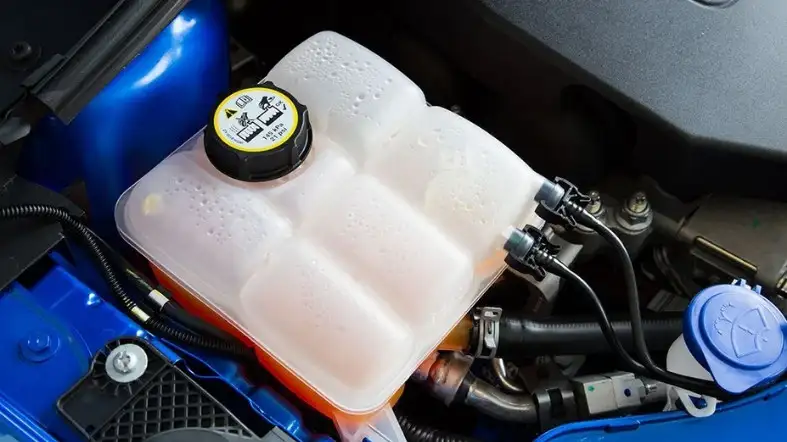
You already know the reasons that determine how long to wait before adding coolant to a hot engine.
Understanding why you should wait is equally crucial for the safety of the car. The reasons are:
Engine Block Can Crack
Adding coolant to a hot engine can break its manifolds because of contraction or thermal expansion.
In general, applying cooling materials to the hot metal causes it to shrink. As a result, its internal structure is prone to demolition.
Coolant May Overflow
Coolant is a solution of an equal ratio of water and anti-freezers. Its main ingredient is ethylene glycol, which is prone to enlarging in vapor form.
Thus, applying new coolants over existing ones can encourage them to vaporize quickly. Therefore, the coolant can flow out of the tank and spread over the manifolds of the engine.
Hot Vapor Is Dangerous
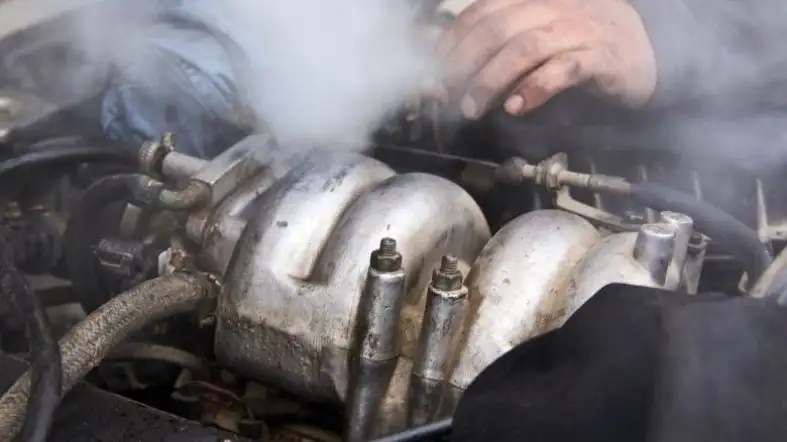
The anti-freezers’s vapor is quite dangerous for both children and adults. Its hot steam can cause skin burn during opening the radiator cap.
This deadly vapor can also irritate skin, nostrils, and eyes. Hence, you should cool down the engine to avoid the vapor and its consequences.
Blow up the Engine
Blowing up an engine due to coolant may sound funny, but it’s true.
It can happen if you immediately add some coolant when it is scorching. Changes to the engine can crack open or even blow up.
Leakages in Radiator Pipes
The shrinkage tendency and thermal expansion are the two most potential reasons that cause leaking radiator pipes.
If the coolant gets different temperatures while going through the pipelines, it can cause thermal cracking and leakage in the channels.
Hence, the pipe will get damaged and you will have to replace it.
FAQs
Can I Add Coolant To The Hot Engine?
No, you can’t add coolant to the hot engine. You must wait for half an hour to let the engine turn cold fully.
Otherwise, it can crack the engine block, blow up the engine, or damage its pipe.
How Do You Cool Down The Car’s Engine Faster To Apply Coolant?
To cool down the engine, turn off the A/C first. Then turn on the heater to blow out the excess heat. Put the vehicle in neutral and open its hood.
Can I Overfill The Coolant?
No. the coolant components tend to expand in high heat. Overfilling the coolant can damage the engine block and the radiator.
Final words
Coolant is vital for a car’s engine, but it has a certain time to be applied. Knowing how long to wait before adding coolant to the hot engine is crucial for the safety of the car as well as the operator.
Otherwise, you are aware of the consequences. Never add coolant when the engine is scorching. Or else it can burn your engine and blow it up.
